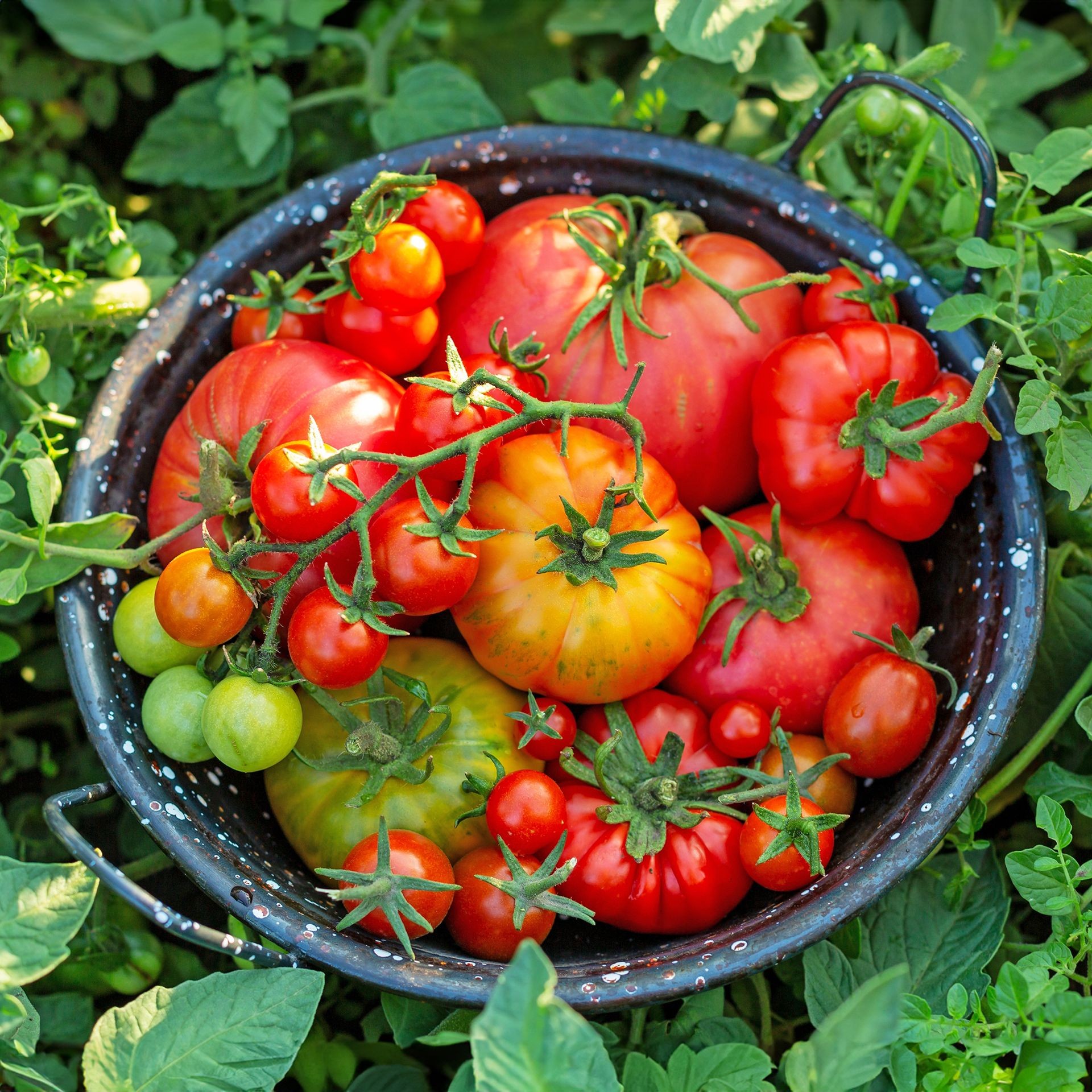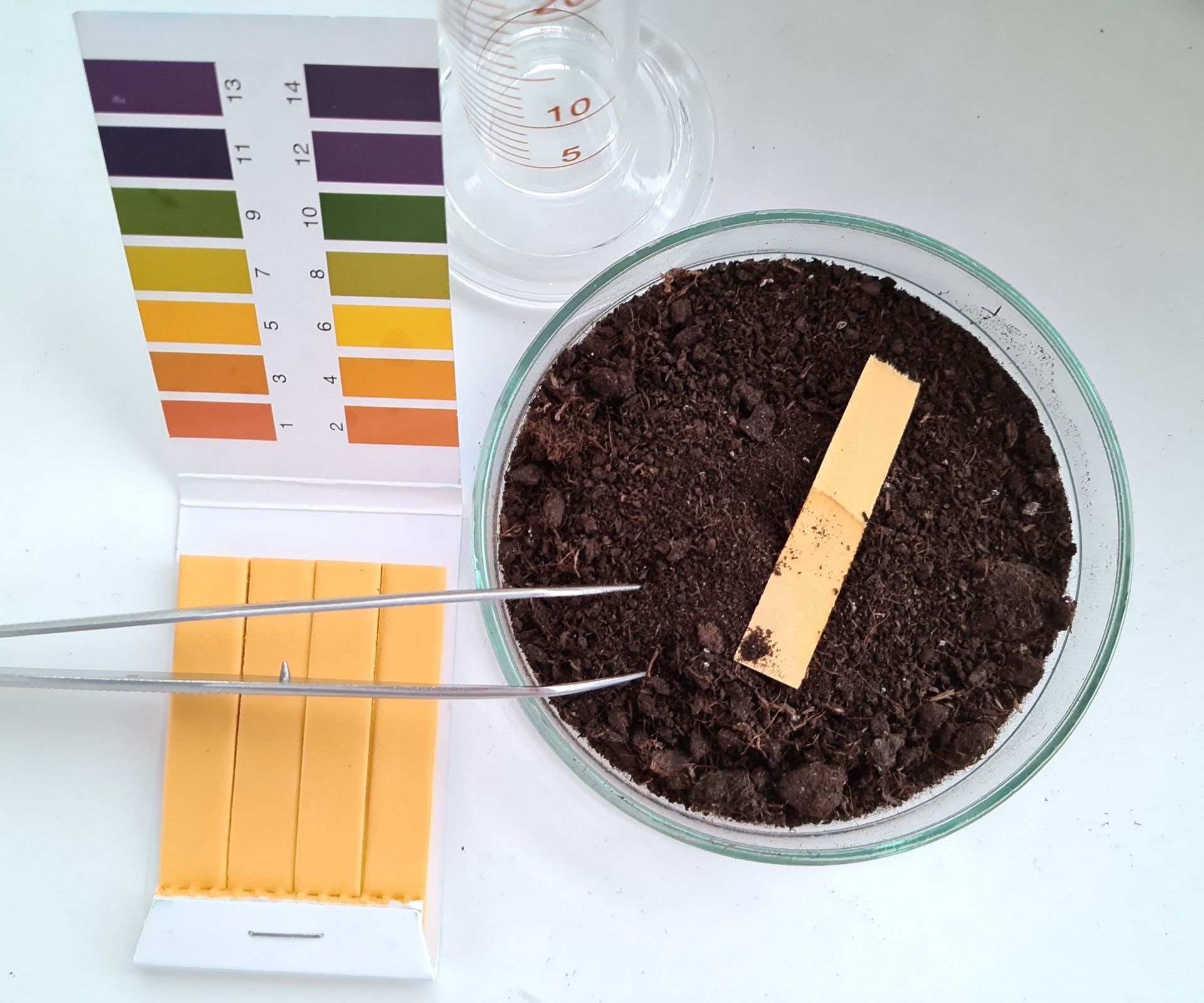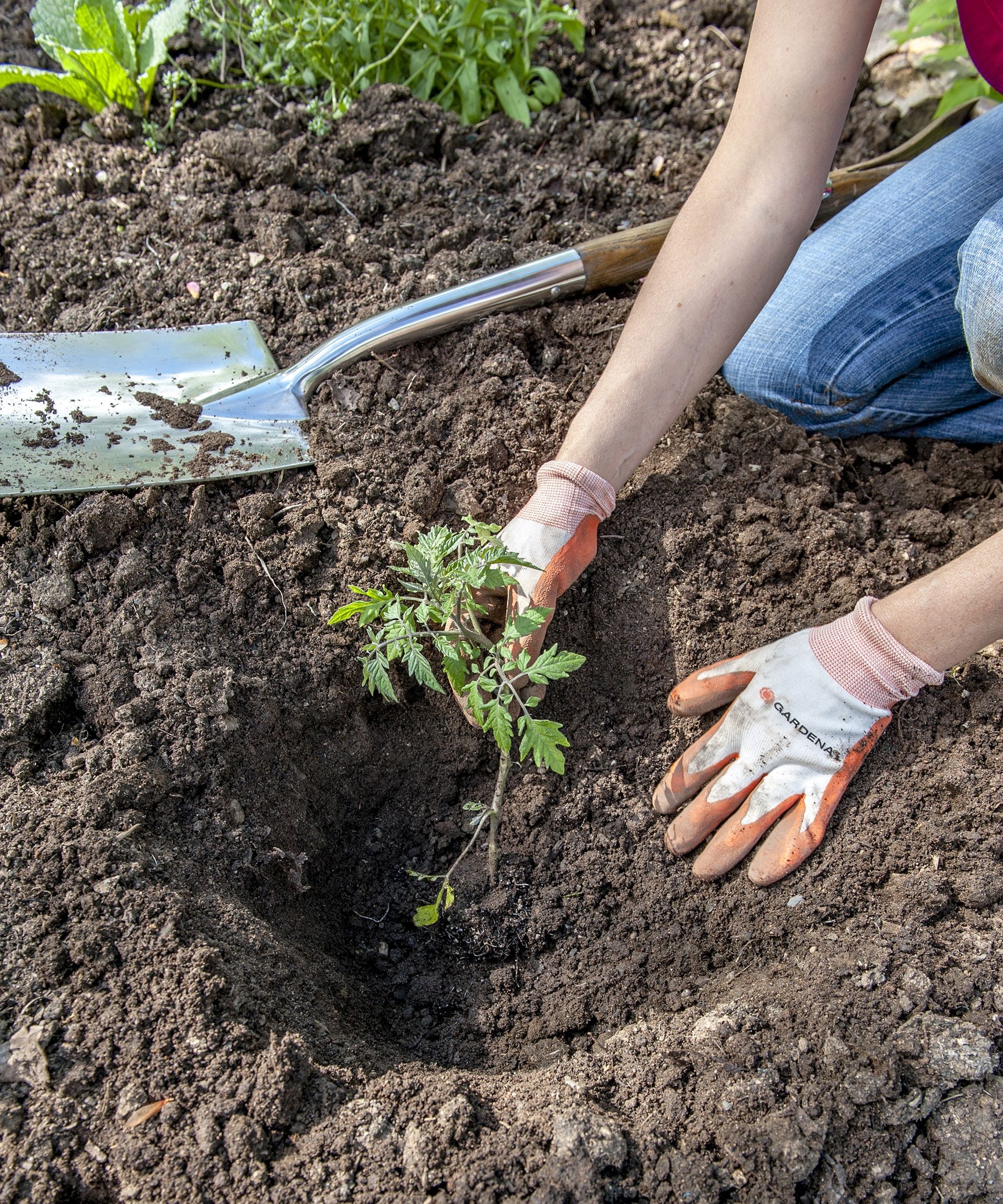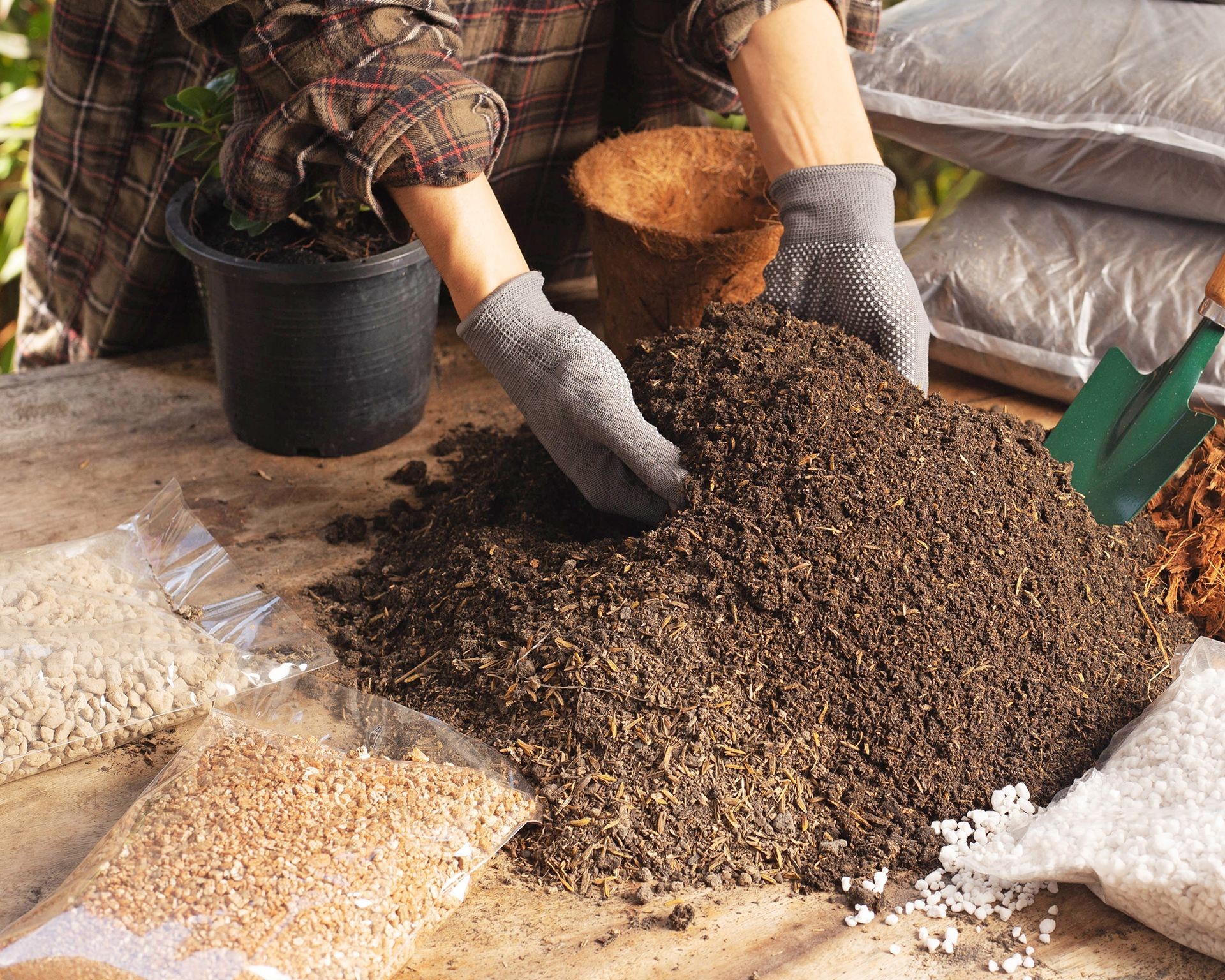No products in the cart.
NEWS
The Secrets to Abundant Harvests: Crafting the Best Soil for Growing Tomatoes
As a seasoned agricultural expert with years of experience nurturing vibrant plants and livestock, I can tell you that the secret to truly spectacular tomato harvests begins underground. Soil isn’t just dirt; it’s the vital foundation that supports your tomato plants from the moment a tiny seed germinates or a young seedling is nestled into the earth. The right soil provides essential nutrients, anchors the roots securely, and ensures proper hydration. Understanding and preparing the best soil for growing tomatoes is the single most impactful step you can take towards achieving those juicy, flavorful fruits you dream of.
Whether you’re planning to plant directly in your garden beds or prefer the controlled environment of containers and raised beds, optimizing your soil mix makes a world of difference. Getting the groundwork right sets your plants up for robust growth, increased fruit production, and greater resilience against common issues. Let’s delve into what makes soil ideal for tomatoes and how you can create the perfect growing medium.
 Freshly harvested red tomatoes in a colander, symbolizing a successful yield from healthy soil
Freshly harvested red tomatoes in a colander, symbolizing a successful yield from healthy soil
Understanding the Ideal Tomato Soil
What exactly constitutes the “best” soil for tomatoes? Based on agricultural science and practical experience, the optimal soil profile possesses three key characteristics: excellent drainage, rich nutrient content, and a slightly acidic pH level. These factors work together to promote strong root development, efficient nutrient uptake, and a healthier plant overall, better equipped to fend off diseases.
Detailing Soil Texture & Drainage
Tomatoes thrive in a well-draining soil texture, ideally a loamy or sandy loam. These soil types allow water to percolate freely, preventing the roots from becoming waterlogged, which is a common cause of root rot and fungal diseases. Heavy clay soil, on the other hand, is particularly challenging. Its dense structure compacts easily, restricting root expansion and holding too much moisture. If you have heavy clay, amending it is crucial.
Nutrient Balance Explained
A nutrient-rich soil is vital for feeding hungry tomato plants throughout their long growing season. However, it’s not just about quantity; balance is key. While tomatoes need plenty of nutrients, particularly phosphorus for flowering and fruiting, too much nitrogen early on can lead to excessive leafy growth at the expense of fruit production. Aim for a soil that is fertile but provides a balanced nutrient supply or is enriched with amendments that release nutrients steadily over time.
The Role of Soil pH
Tomatoes perform best in soil with a slightly acidic pH, specifically within the range of 6.2 to 6.8. Soil pH affects nutrient availability. If the pH is too high (alkaline) or too low (too acidic), certain essential nutrients become locked up in the soil, making it difficult for the tomato plant’s roots to absorb them, even if they are present in sufficient quantities. Maintaining the correct pH ensures your plants can access the food they need.
Testing Your Soil: The Foundation of Improvement
You can’t truly optimize your soil without knowing its current condition. Soil testing is an indispensable step in successful gardening. It gives you the data needed to make informed decisions about amendments.
DIY vs. Professional Testing
You have options for soil testing. Simple DIY kits can give you a quick read on pH and sometimes basic nutrient levels. For a more comprehensive analysis, including detailed nutrient profiles, organic matter content, and even potential contaminants, consider sending a soil sample to a professional lab. Many agricultural services offer affordable testing that provides valuable insights into your soil’s composition and deficiencies.
 Soil pH test strips showing results in a petri dish, essential for determining soil acidity
Soil pH test strips showing results in a petri dish, essential for determining soil acidity
Simple Visual Soil Checks
Beyond formal testing, you can learn a lot by simply observing and feeling your soil. When slightly moist, ideal loamy soil should feel crumbly, not hard and compacted or sticky and dense. You can also stick your finger a few inches deep to check moisture levels – it should feel damp but not saturated. These simple observations can offer initial clues about drainage and texture.
Enhancing Your Soil for Tomato Success
Once you know your soil’s characteristics, you can begin improving it. The goal is to modify its texture, fertility, and pH using appropriate amendments.
Key Soil Amendments
Common amendments used to improve garden soil for tomatoes include:
- Compost: Decomposed organic matter is perhaps the single best amendment. It improves drainage in clay soil, helps sandy soil retain moisture and nutrients, and adds vital fertility.
- Well-rotted Manure: Similar benefits to compost, adding significant nutrients. Ensure it is fully composted (“well-rotted”) to avoid burning plants or introducing pathogens.
- Sand or Perlite: Used primarily to improve drainage and aeration in heavy soils like clay.
- Worm Castings: A highly nutrient-rich form of compost, excellent for boosting fertility.
- Slow-release Organic Fertilizers: Provide a steady supply of nutrients over time, reducing the risk of nutrient burn and supporting continuous growth and fruiting. Look for options with a good balance, perhaps slightly higher in phosphorus.
- Lime or Sulfur: Used to adjust soil pH – lime raises pH (makes it less acidic), while sulfur lowers pH (makes it more acidic).
Correcting Soil Texture and Drainage
If your soil is heavy clay, incorporate generous amounts of compost and potentially some coarse sand or perlite. This breaks up the clay particles, creating air pockets and improving water flow. For excessively sandy soil, adding compost helps bind particles together, increasing its ability to hold onto moisture and nutrients.
Boosting Soil Fertility Naturally
The best way to increase fertility long-term is by regularly working in organic matter like compost and well-rotted manure. For an extra boost, incorporate worm castings or a balanced slow-release organic fertilizer before planting. Remember to follow application rates carefully to avoid over-fertilization.
Adjusting Soil pH Levels
If your soil test reveals the pH is outside the optimal 6.2-6.8 range, you’ll need to amend it. Add garden lime to raise pH or elemental sulfur to lower pH. Be aware that changing soil pH takes time, often months, for the amendments to fully react with the soil. If your pH is drastically off, or you need a quick solution, consider growing tomatoes in containers or raised beds where you can control the soil mix precisely. Address any specific nutrient deficiencies highlighted by your soil test using targeted organic fertilizers or amendments.
 A gardener carefully plants a young tomato seedling into prepared garden soil
A gardener carefully plants a young tomato seedling into prepared garden soil
Special Considerations for Container & Raised Bed Tomatoes
Growing tomatoes in containers or raised beds offers fantastic control over the growing medium, but it also presents unique challenges. Soil in pots can compact quickly and either dry out too fast in hot weather or remain waterlogged without sufficient drainage.
Choosing the Right Potting Mix
For containers and raised beds, especially containers, a high-quality potting mix is essential. These mixes are typically lighter than garden soil, designed for better aeration and drainage in a confined space. Often, they are “soilless,” composed of ingredients like coco coir, peat moss, perlite, and vermiculite, along with some compost or organic fertilizers. You can even create your own custom potting mix using a combination of these components, tailoring it to your specific needs. For raised beds, a blend of good quality topsoil, compost, and some organic amendments like blood meal or crushed eggshells can create a fertile, well-draining environment.
Ensuring Proper Drainage and Depth
Regardless of the mix, ensure containers have ample drainage holes. For depth, containers should ideally be at least 12 inches (30cm) deep to accommodate the developing root system. Raised beds offer more flexibility, but a depth of 15 to 18 inches (38 to 46cm) allows roots plenty of room to grow deeply and access moisture and nutrients.
 Hands mixing ingredients for a custom potting mix, ideal for growing tomatoes in containers or raised beds
Hands mixing ingredients for a custom potting mix, ideal for growing tomatoes in containers or raised beds
Managing Soil Post-Harvest
What happens to the soil after your tomato plants finish producing for the season? In most cases, you can reuse the soil, especially in garden beds. However, it’s highly recommended to practice crop rotation. Avoid planting tomatoes or other plants from the nightshade family (like peppers, eggplants, potatoes) in the exact same spot year after year. This helps prevent the build-up of soil-borne diseases and pests specific to these crops. Before planting your next crop, whether it’s tomatoes elsewhere or a different vegetable entirely, refresh the soil by mixing in fresh compost. This replenishes the nutrients that were used up during the previous growing season, ensuring fertility for the next planting.
Reusing Soil Wisely
Soil from containers can often be refreshed and reused. Simply mix in new compost or a fresh potting mix component to revitalize it. If plants in a container suffered from disease, it might be safer to discard that soil or use it in a less sensitive area of the garden (like ornamental beds) after letting it rest for a season.
The Importance of Crop Rotation
Rotating crops is a simple yet powerful technique for maintaining soil health and reducing pest and disease pressure naturally. Follow tomatoes with a non-nightshade crop, such as beans, peas, leafy greens, or root vegetables.
Cultivating Success from the Ground Up
Mastering soil preparation is a cornerstone of successful tomato cultivation. By focusing on drainage, nutrient balance, and proper pH, testing your soil to understand its unique properties, and using appropriate amendments, you create an environment where your tomato plants can truly flourish. Whether you’re planting in the ground, a raised bed, or containers, investing time and effort into your soil will be rewarded with healthier plants and, ultimately, those delicious, abundant tomato harvests we all strive for.
Ready to give your tomatoes the best start possible? Explore the range of high-quality organic soil amendments and gardening supplies available at Biogarden.asia. We have everything you need to test, improve, and nurture your soil for exceptional results. Share your soil improvement journey with us – we love seeing how your garden grows!



